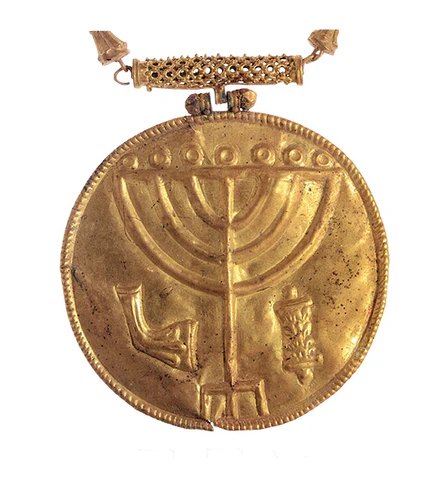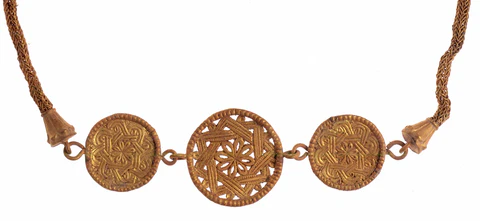The Menorah treasure
The medallion was apparently brought to Jerusalem by messengers of the Jewish community who came to the city during the period of the Persian conquest from the Byzantines. During this period, the Jews were permitted to return and live in Jerusalem for the first time since the second Temple era. The Persian government, which controlled the Land of Israel during the fourth century, allowed the Jews to develop but eventually turned its back on them, abandoning them to Christian harassment due to political concerns. In the end, the Jews were forced to flee, and thus they hid the golden treasure. For 1,400 years, the medallion waited, buried in the ground near the Southern Wall. Empires came and went – the Umayyad Caliphate and the Abbasid Caliphate, crusaders, enemies, Mamluks and Ottomans. Yet finally, after 1,400 years, this treasure was rediscovered and returned to the hands of the Jewish nation in the renewed city of Jerusalem.
The discovery personally brought Eilat Mazar full circle, as she is a relative of Professor Nahum Slouschz, who found a stone-sculpted Menorah while excavating a synagogue at Hamat Tiberias in 1921. That project was the first excavation in Israel executed by Jews residing in Israel, and thus became the symbol of the Israel Exploration Society. Her grandfather is Benjamin Mazar, who excavated in Beit Shearim on behalf of the Israel Exploration Society and discovered many decorative images of the Menorah inside the catacombs there.
“The discovery of the Menorah treasure,” Eilat Mazar concludes, “expresses and illustrates the ceaseless yearning of the Jewish nation for redemption and revival in its own homeland throughout the generations.”




